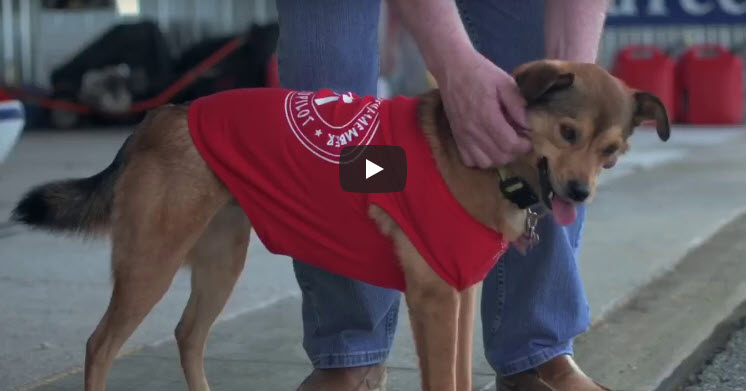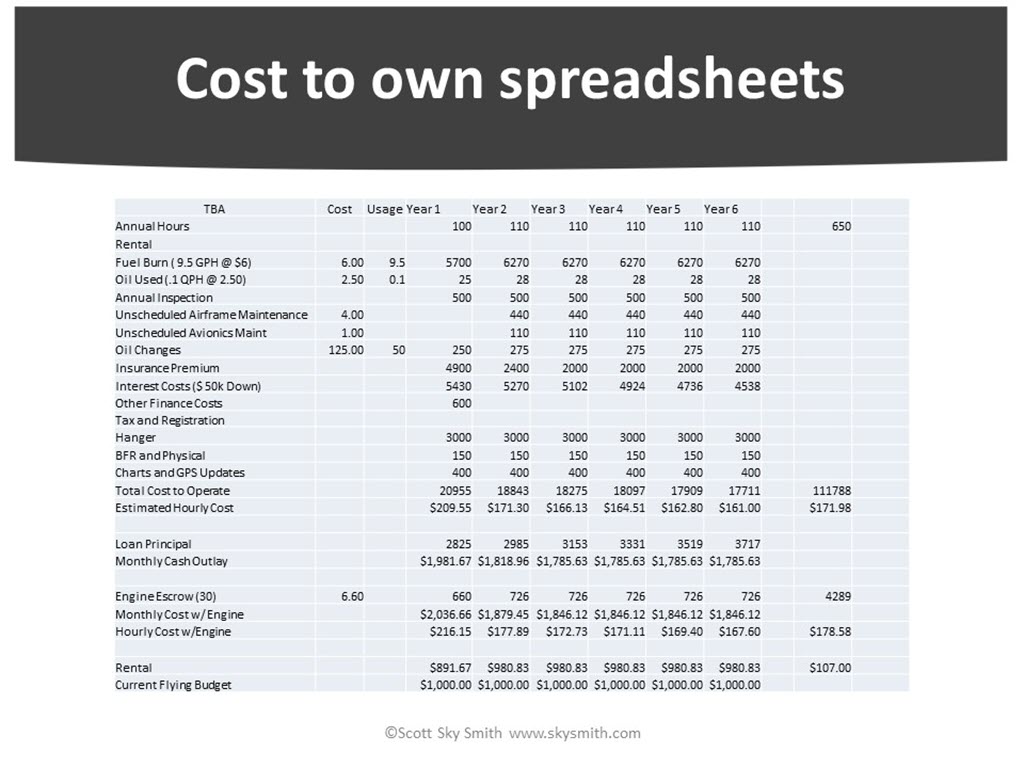I am one of those pilots that I tell people not to be. I am a private pilot with single engine and multi engine ratings. But I don’t have an instrument. Every time I started the training I got sidetracked and lost interest. I never really need the instrument until I need the instrument.
This meant I have spent a lot of time on the ground waiting for the clouds to move on or up to a VFR level. This also means a lot of extra flying time as I am diverting and trying to avoid clouds. Most VFR pilots are familiar with this situation.
I personally believe an instrument rating would help. I would have fewer reasons to deviate around things like clouds. And, I would have a flight plan and hopefully a controller that would help keep me out of “trouble.”
My wife and I were talking about this one day and we decided that an aviation insurance policy was kind of like a cloud or it was filled with clouds.
Language Matters
The reason we thought of clouds is that we are seeing insureds that are looking at their policy and trying to find a way to deviate around the language in a policy. It’s not everyone, but a surprising amount. For example, a pilot that does not meet the minimum requirements to purchase a policy or be added as a named insured cannot ask a more qualified named pilot to simply purchase the policy for them and not list them as a pilot. If the unqualified pilot is flying, it will void the policy.
This has become more common since the insurance companies have changed how they look at the age of the pilot, the plane, and any requirements they add. This makes getting insured harder (see my article “Is Your Ego Buying Aircraft You Can’t Get Insured?”). Increased rates are another factor. Higher qualified named pilots usually get better rates, but if the unqualified unnamed pilot is flying, it will void the policy.
FOUR BASIC THINGS THAT VOID A POLICY
- Unapproved pilots operating the aircraft.
- Logbooks – Inaccurate record keeping for the pilots and the aircraft. Make sure you are accurate with what you tell the insurance company compared to what is really in your logbook.
- Improper use of the aircraft. Make sure your specific policy covers what you do with your aircraft.
- Hiding previous claims. Don’t forget to contact the insurance company as soon as possible if you have a claim.
Pilot Experience
As I have said before, an instrument rating isn’t a requirement for all aircraft. But if you want to move up in the aviation world it’s pretty important. Most aviation insurance companies will not insure a non-instrument pilot in a twin, or a six-seat aircraft or high-performance aircraft. You can throw in high hull values as another variable. And if you find a company that will quote you, it will probably be as much as 50 percent more in premium.
It doesn’t really seem to make sense because if you are flying a Cessna 172 or a Piper Archer, an instrument might save you three to five percent on your insurance premium. Doesn’t sound like much and it will cost you more than that amount to get the rating. But, if you are buying a Cessna 210 or a Saratoga RG, you more than likely won’t even get a quote without an instrument. And if you do, it will probably be in the tens of thousands of dollars premium range for a low value aircraft.
One of the areas that will void the policy is not meeting the pilot requirements. In the event of a loss, the claims adjustor will want to verify your pilot information (hours, ratings, training, etc.). If that information doesn’t match what you told the broker and align with the application and pilot history form you provided, that’s not good.
Remember there are named pilots and pilots that meet the open pilot warranty, and if you don’t meet either of those…oops, no coverage. If you are named and they require training and you don’t get the training, another oops. Make sure you have your logbooks fully endorsed for the operations you are doing.
A side note here: If you are the owner and you are a pilot, you can NOT fly under the open pilot warranty. If you are not named as a pilot, you would need to be excluded from any operations in the aircraft. Also, if you are a student, you will not meet the open pilot warranty unless the policy is specifically written to include student pilots (commercial instruction and rental policies).
Keep Good Logbooks
Lots of pilots only fill their logbooks out once a week, once a month, or maybe never. But whatever you told the insurance company when you bought the insurance is what the adjuster will compare it to when you have a claim. Most pilots do their best to keep up with their logbooks, but as a pilot gains lots of total time hours (can you say thousands) they seem to care less. But every hour counts to an insurance company.
Having a good record of your hours and any checkouts, endorsements, dual, etc., is going to be vital in a claim. Examples we see are a pilot quoting a new purchase: they have a private with 150 hours total time and 15 tailwheel hours. The underwriter quotes the risk and the pilot purchases the coverage. When the buyer fills out the application and pilot form, they really have only 110 total time and 5 hours of tailwheel. Many times, a pilot plans on getting more hours before the purchase and estimates the hours they expect to have by the time of the plane purchase. But that increase doesn’t happen. In this case the quote is invalid, and the buyer misrepresented the hours. This probably made the difference between getting a quote and not getting a quote.
The rest of this article can be seen only by paid members who are logged in.
Have a website login already? Log in and start reading now.
Never created a website login before? Find your Customer Number (it’s on your mailing label) and register here.
JOIN HERE
Still have questions? Contact us here.






